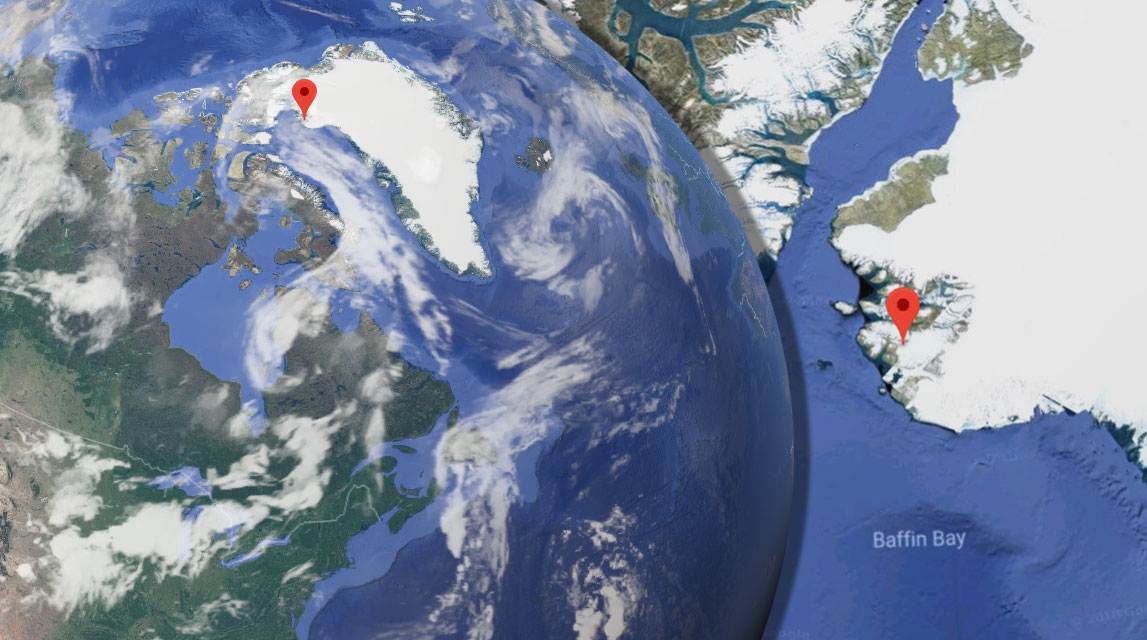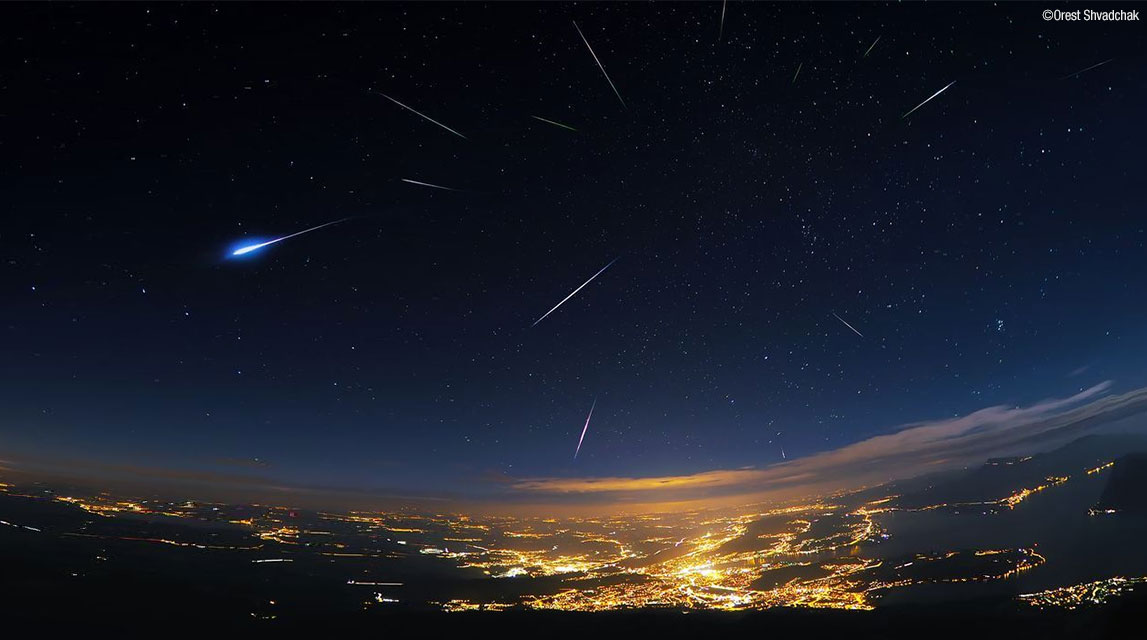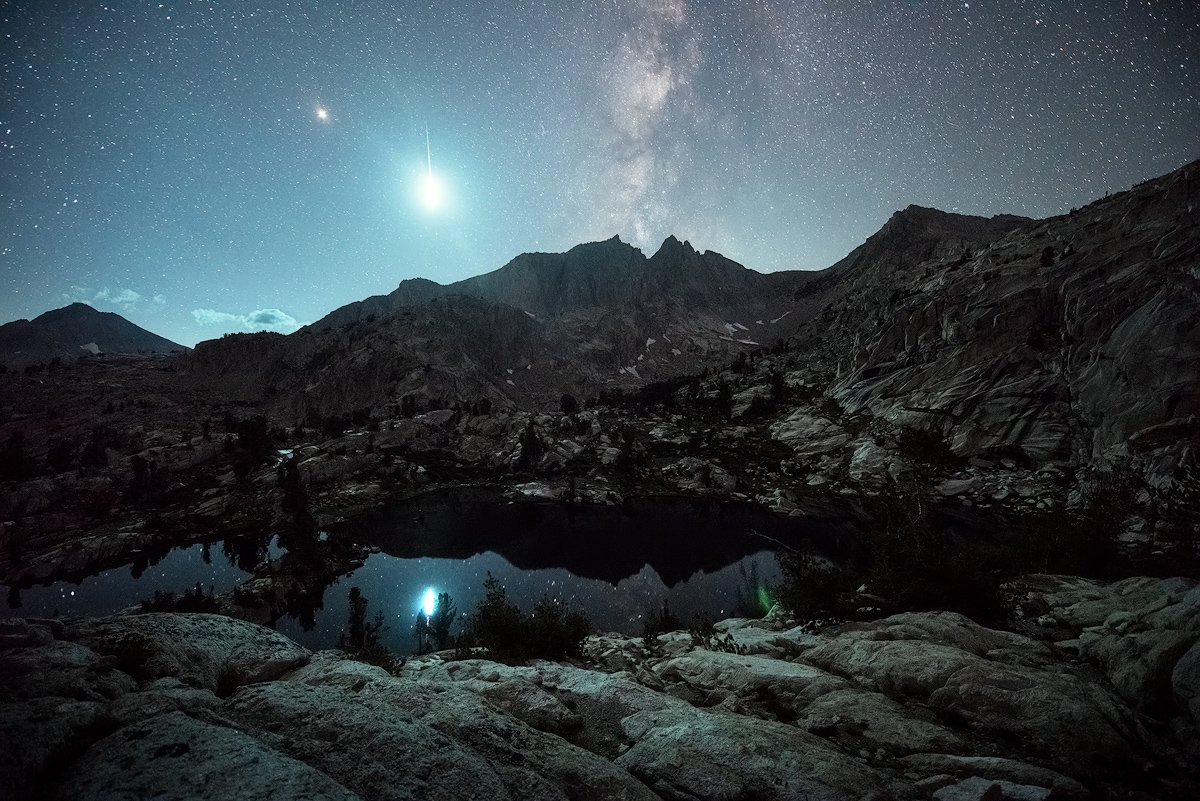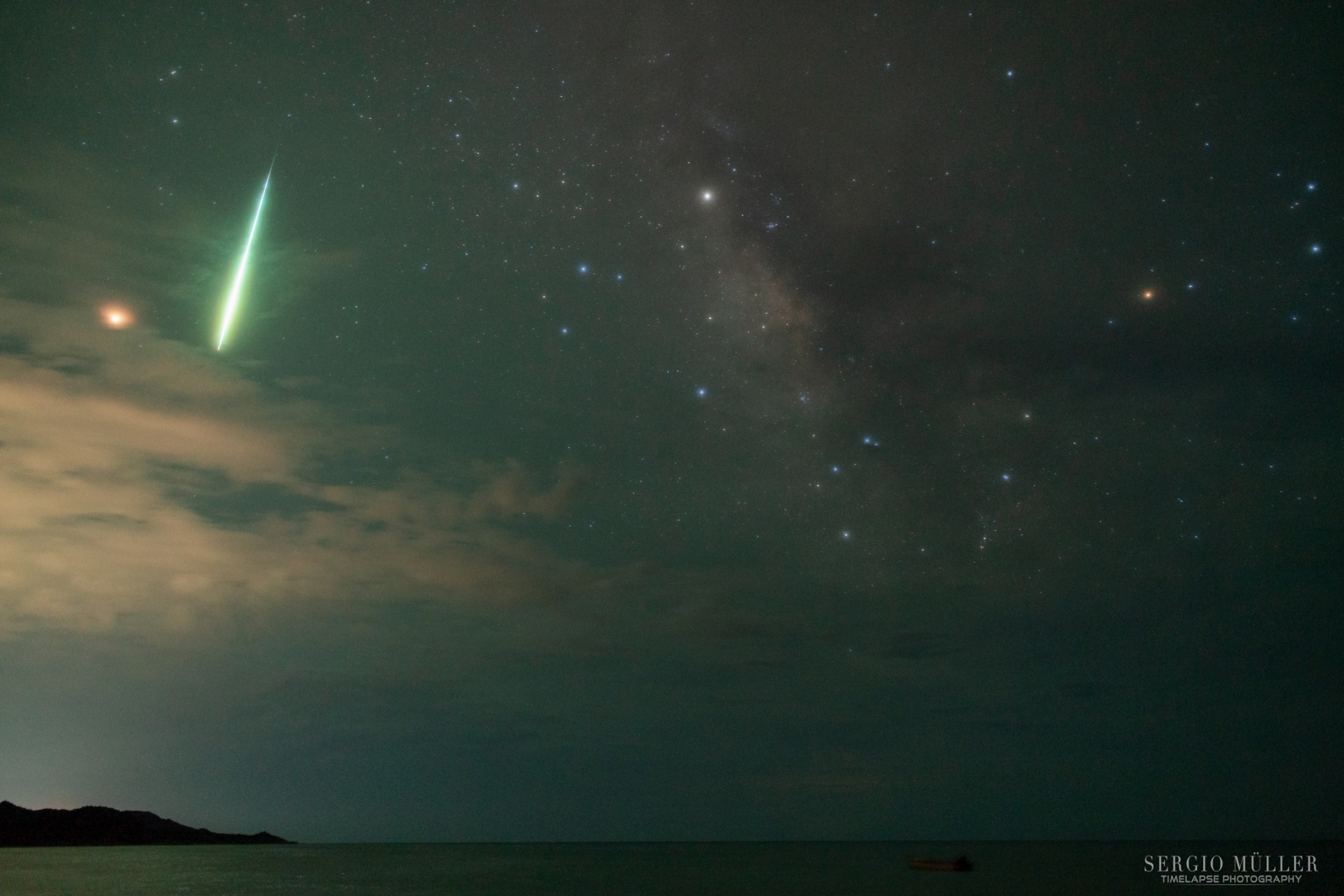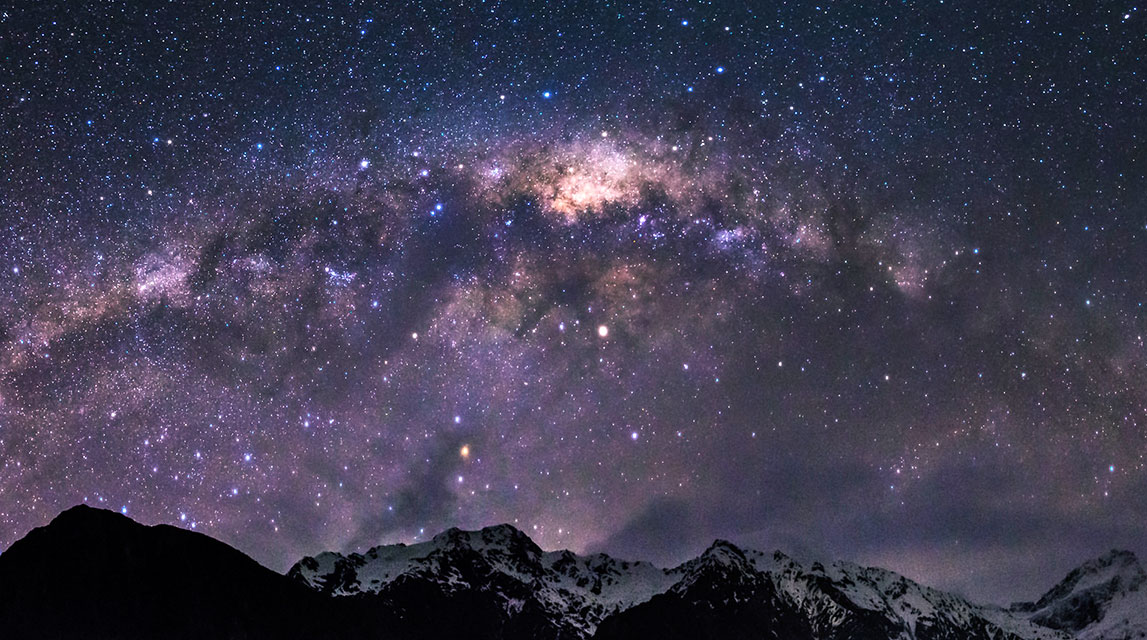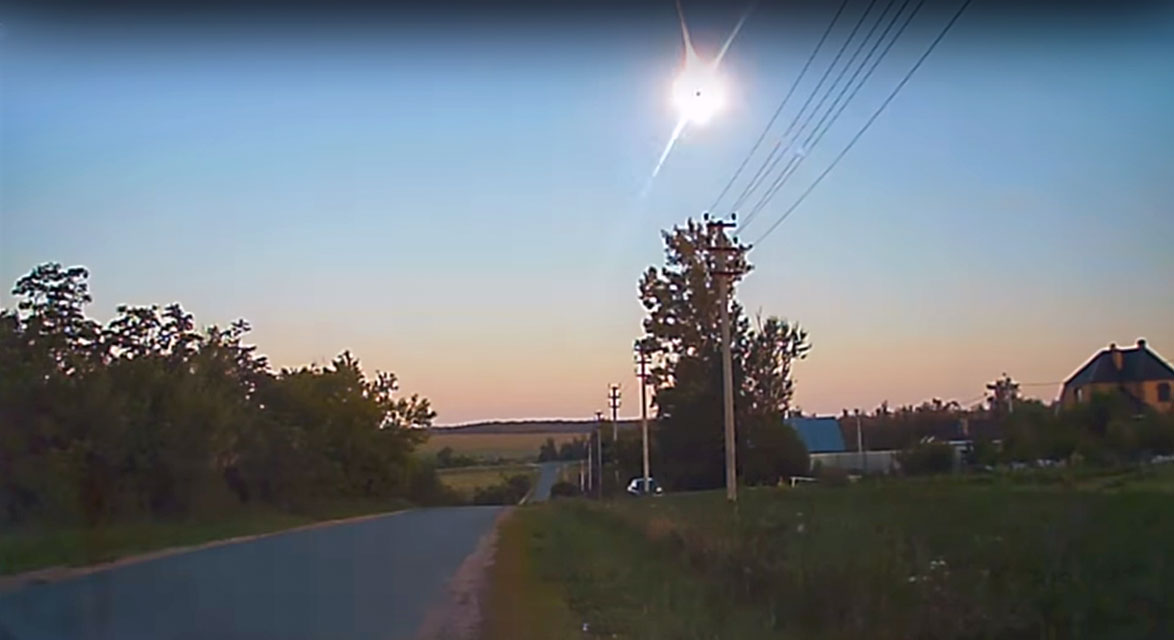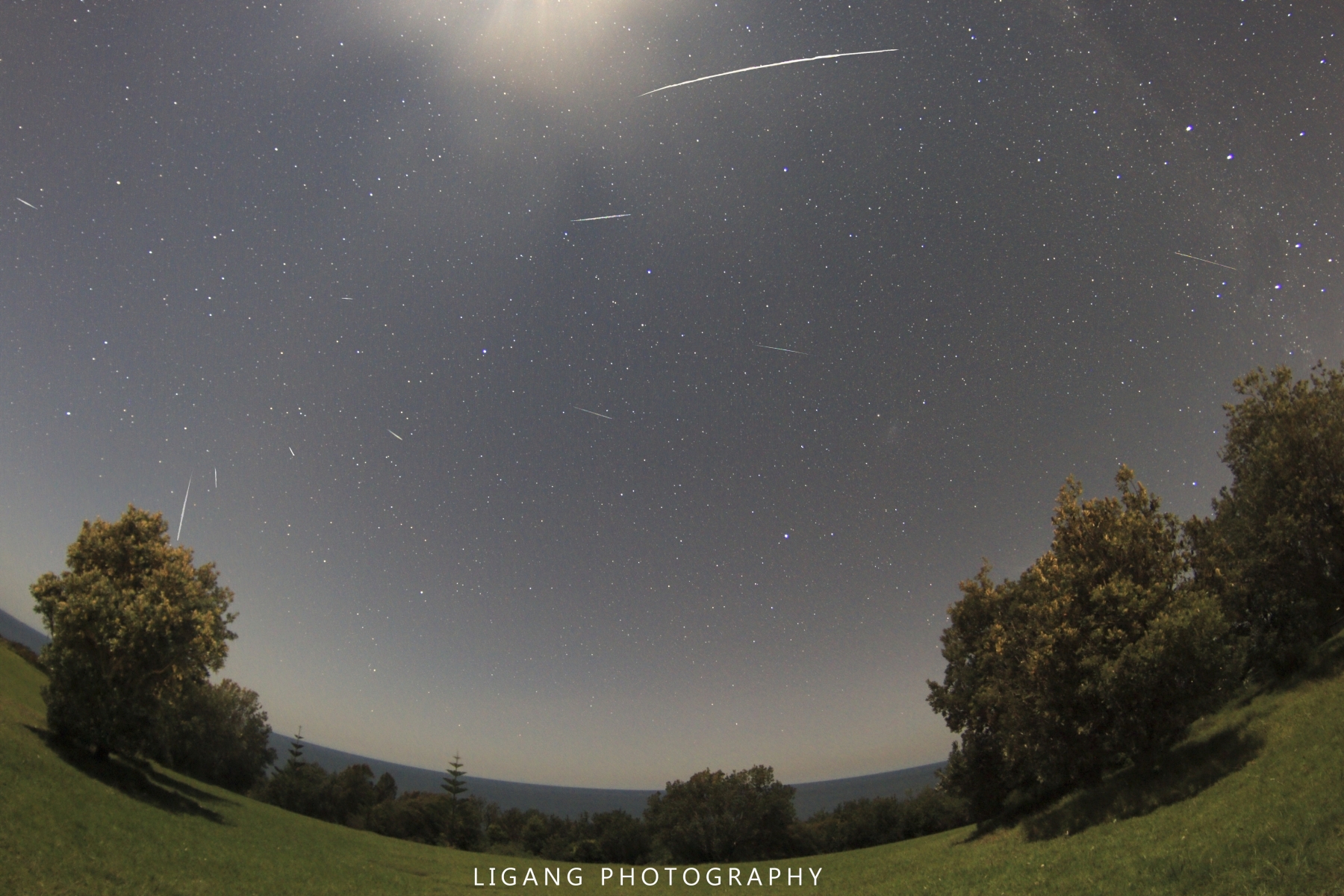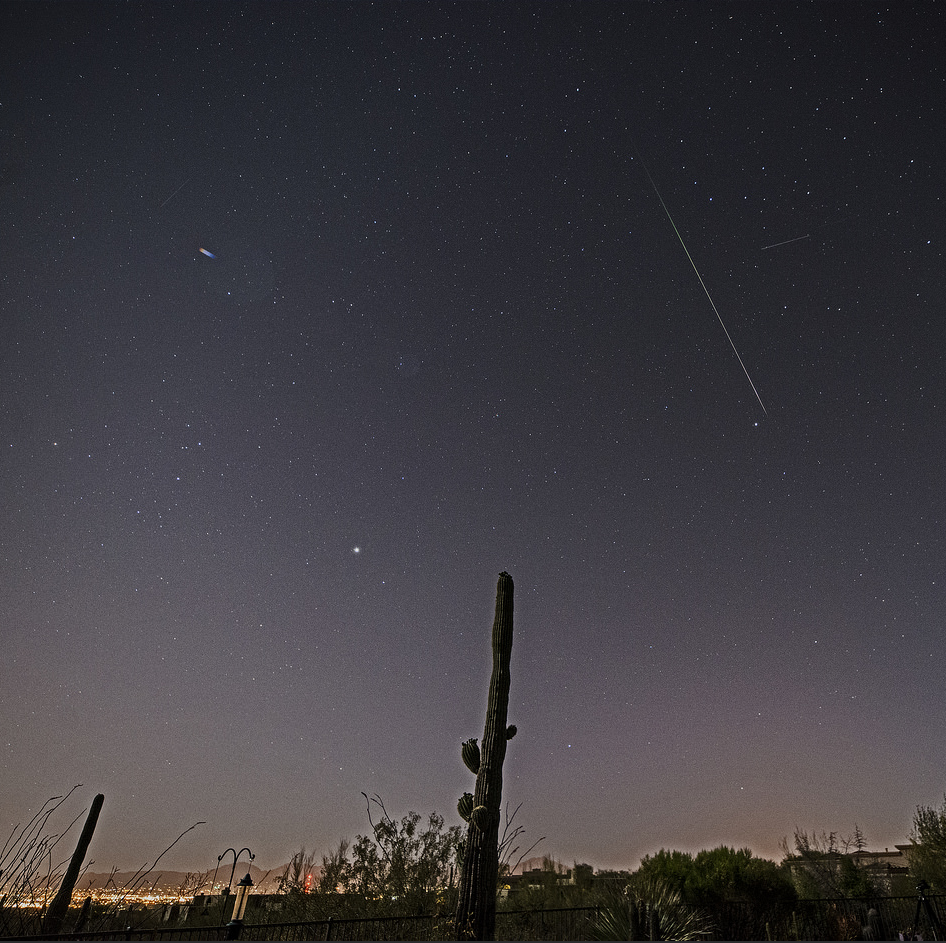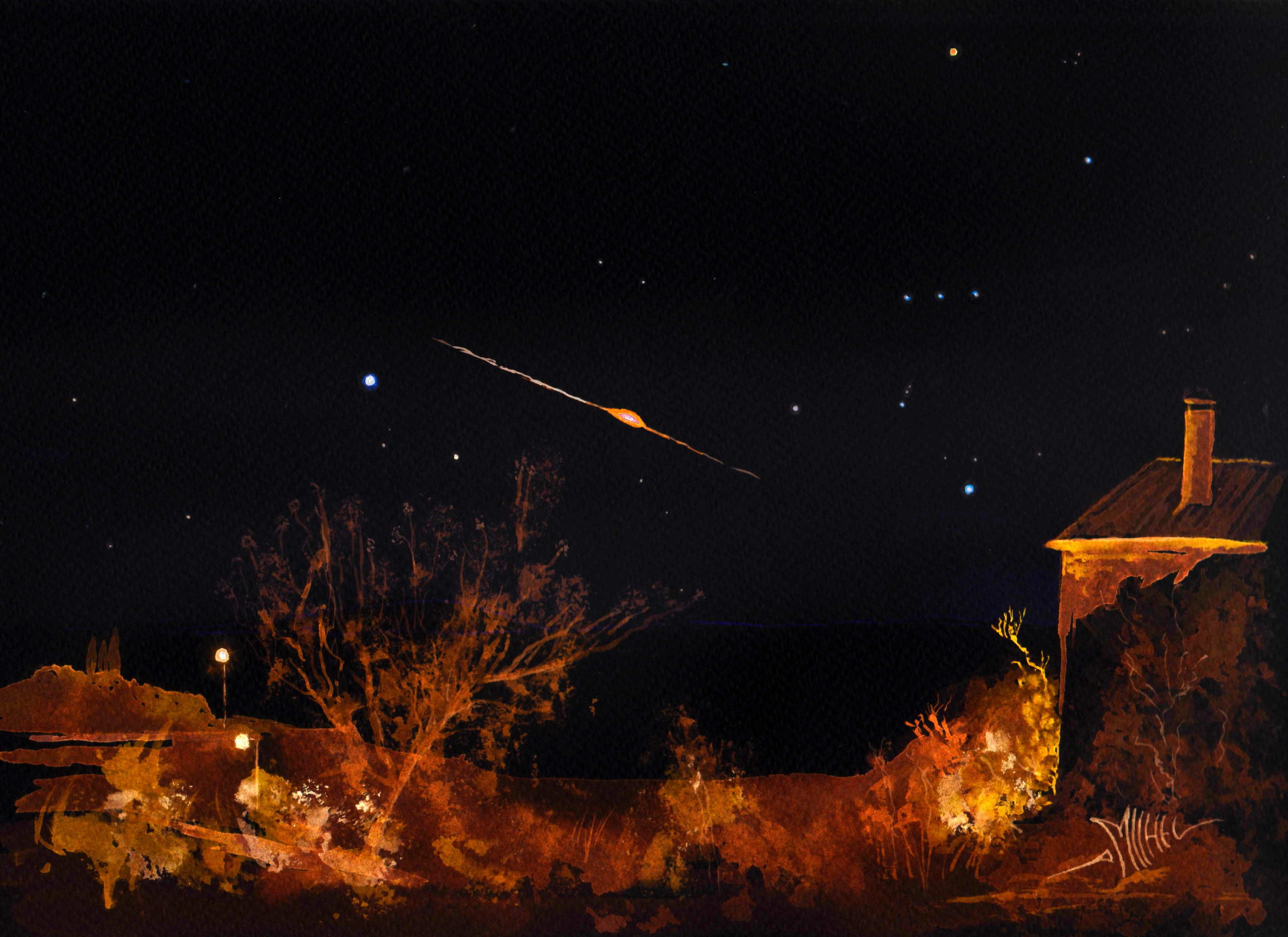
Meteor Activity Outlook for August 25-31, 2018
During this period the moon will reach its full phase on Sunday August 26th. At that time the moon will lie opposite of the sun in the sky and will remain above the horizon all night long. As the week progresses the waning gibbous moon will rise during the late evening hours with the moon severely hampering efforts to see meteor activity during the more active morning hours.
 American Meteor Society
American Meteor Society


